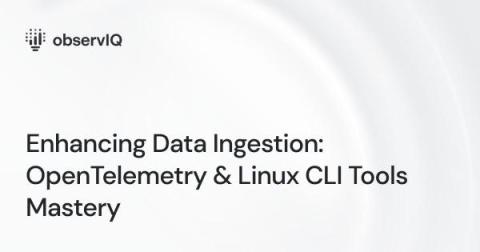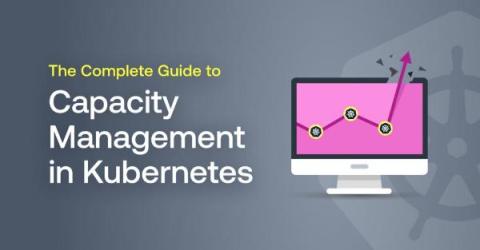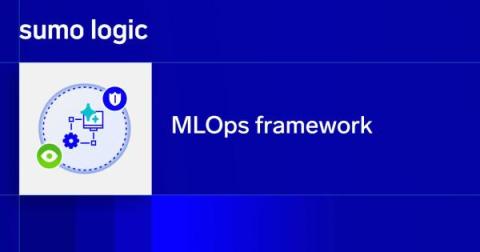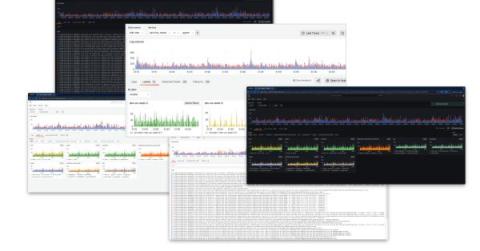A New Approach to the Service Model in the Data Industry
In this livestream, I had a great discussion with Paul Stout and Scott Gray from nth degree about how the service model has evolved from a focus on time and materials to outcome-based services. Watch the full conversation here and leave with a roadmap for improving your next service engagement. Security teams often have a love-hate relationship with onboarding new tools.










